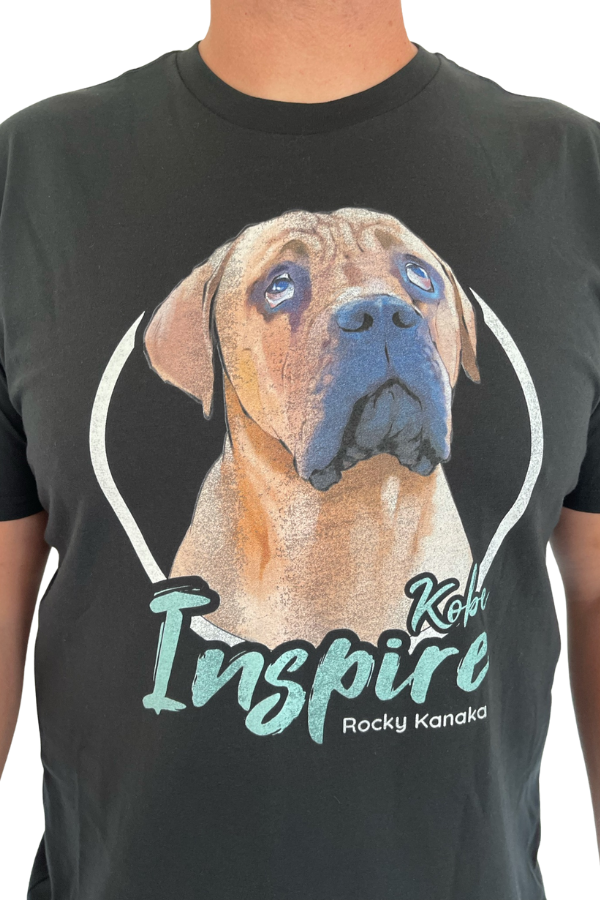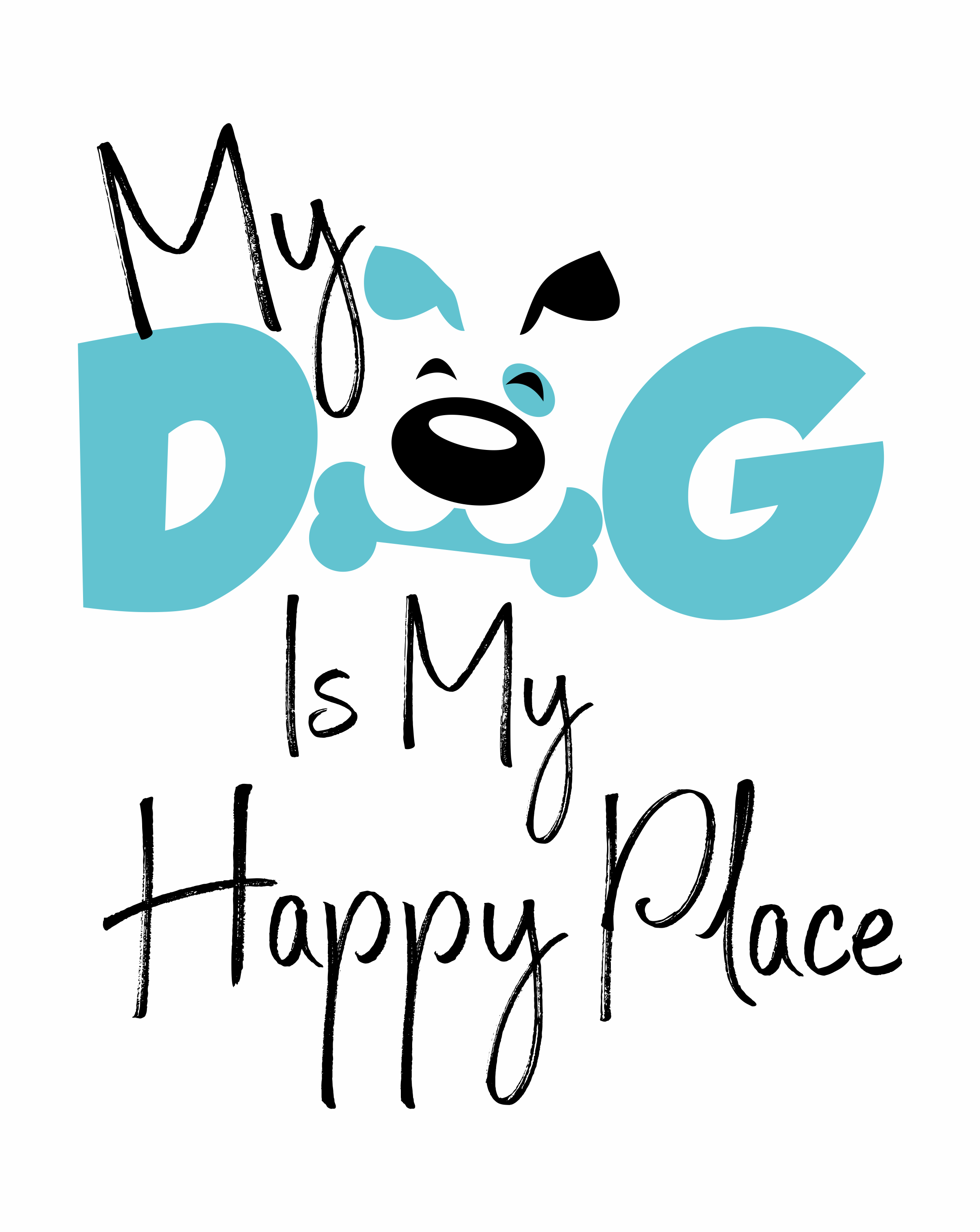Understanding Different Hold Periods For Pets At the Shelter
Imagine you’re at a bustling animal shelter looking for your forever buddy. Finally you find just the perfect pup for your family, her tail is wagging eyes are eager. Your heart swells with the desire to offer a forever home to this cute dog. As you inquire about your potential new companion, you hear whispers of a “hold period” and it’s a barrier between you and the dog you want. So, what exactly is this hold period, and why is it so important?
This is the time that a shelter must keep an animal before it can be adopted, transferred, or other outcomes. Hold periods vary depending on the reason for intake, and the laws and policies of the shelter and the jurisdiction.

In this article, we will explain the different types of hold periods for dogs at the shelter, why they exist, and how they affect the adoption process. We will also share some tips on how to find out the hold period for a specific dog and what you can do to help them during this time.
Types of hold periods for dogs at the shelter
1. Stray hold
This is the time that a shelter must keep a dog that was found as a stray or brought in by a good Samaritan. The purpose of this hold is to give the a potential owner a chance to reclaim their lost pet. The length of the stray hold depends on the local laws and the shelter’s policies, but it usually ranges from 3 to 10 days. Some shelters may extend the hold if the dog has a microchip, a collar, or other identification.
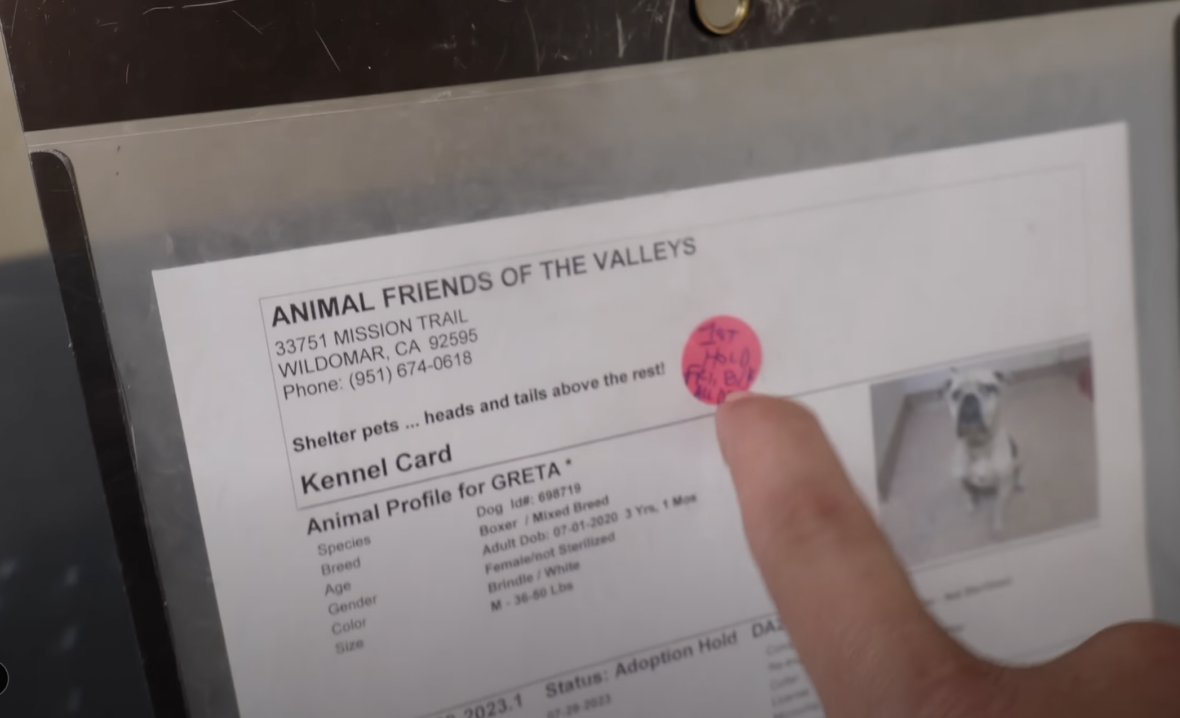
2. Owner Known hold
This is the time that a shelter must keep a dog that was surrendered by its owner has an owner. The purpose of this hold is to give a potential owner a chance to change their mind if they were the ones who dropped off their own dog into a shelter night drop without officially relinquishing ownership, or find another solution for their pet a chance to discover their dog is missing and reclaim them. The length of the owner surrender known hold also depends on the local laws and the shelter’s policies, but it is usually shorter longer than the stray hold, ranging from 0 to 5 5 – 10 days. Some shelters may waive the hold if the owner signs a waiver relinquishes ownership directly to the shelter, or if the dog has a medical or behavioral issue that requires immediate attention.
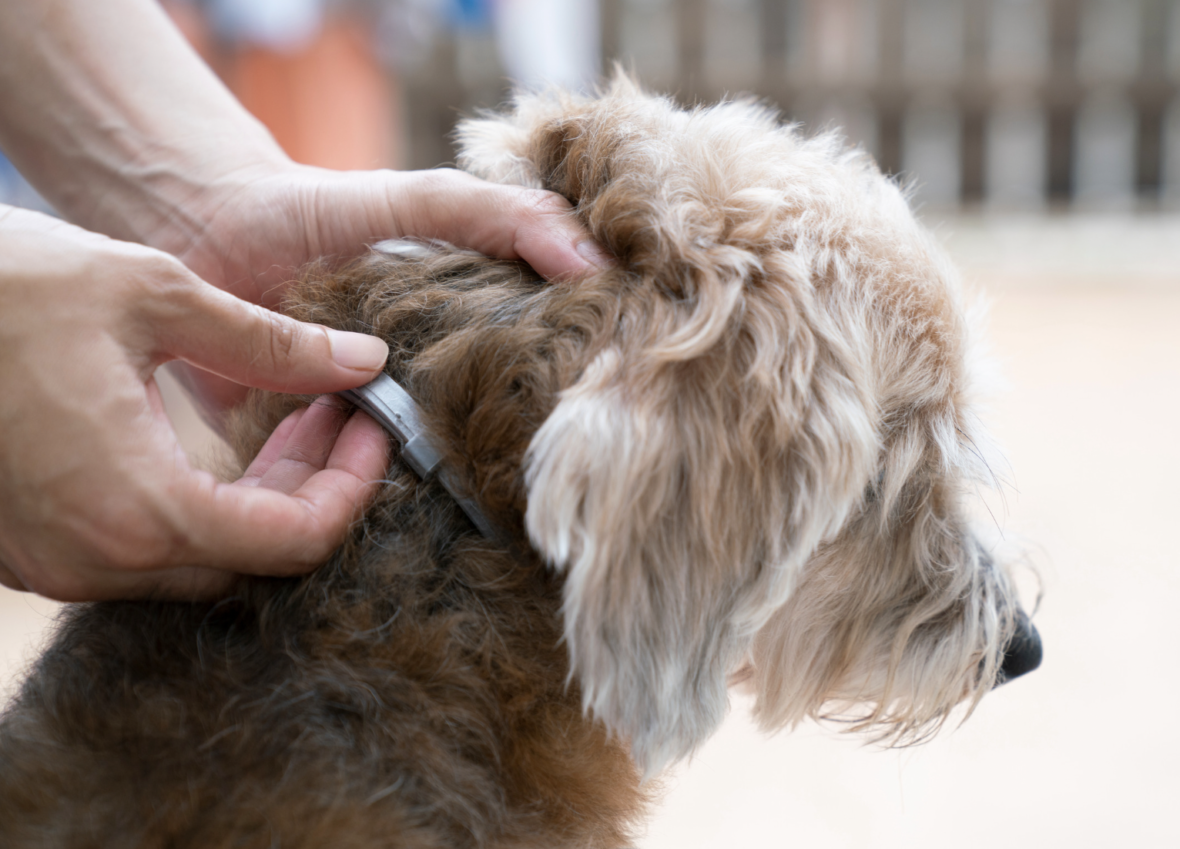
Examples:
Any dog coming in with collar/ID tag and/or microchip but no owner to directly come out and say “I’m giving this dog up” = Owner Known, about a 10 day hold
Owner says “that’s my dog, I can’t care for them anymore/don’t want them”, relinquishes ownership with paperwork = Owner Surrender/Adoption Available
3. Quarantine hold
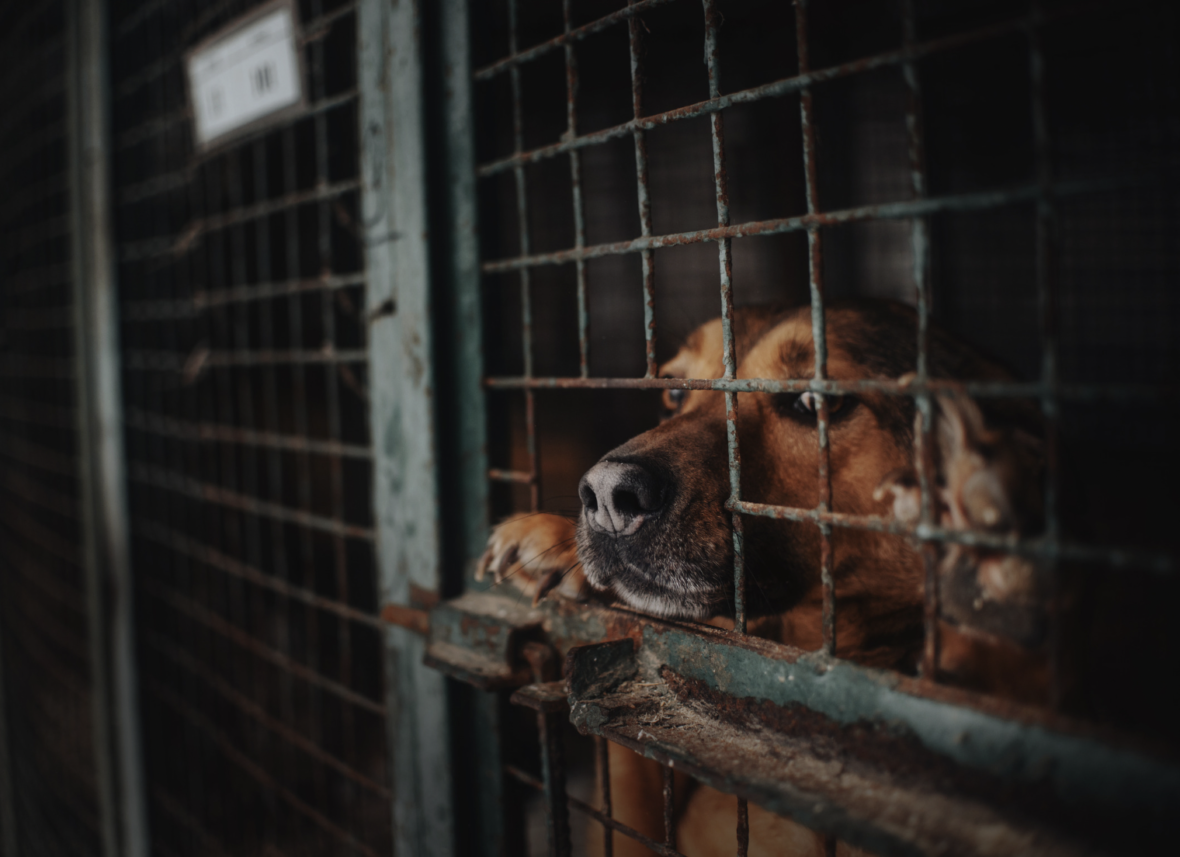
This is the time that a shelter must keep a dog that was involved in a bite incident or exposed to a contagious disease. The purpose of this hold is to protect public health and animal welfare. The length of the quarantine hold is determined by the health department or the veterinarian, but it usually ranges from 10 to 14 days. During this time, the dog is isolated from other animals and people, except for staff and medical personnel.
4. Medical Evaluation and Treatment

Pets that enter shelters are often subjected to a medical evaluation upon arrival. This assessment is important to identify any health issues or concerns the pet might have. Depending on the shelter’s resources and policies, pets may be placed on a medical hold to receive necessary treatment and care. This hold period can vary widely, ranging from a few days to several weeks, depending on the pet’s condition. Once the pet is deemed healthy and ready for adoption, they move into the adoption phase.
5. Behavioral Assessment and Training
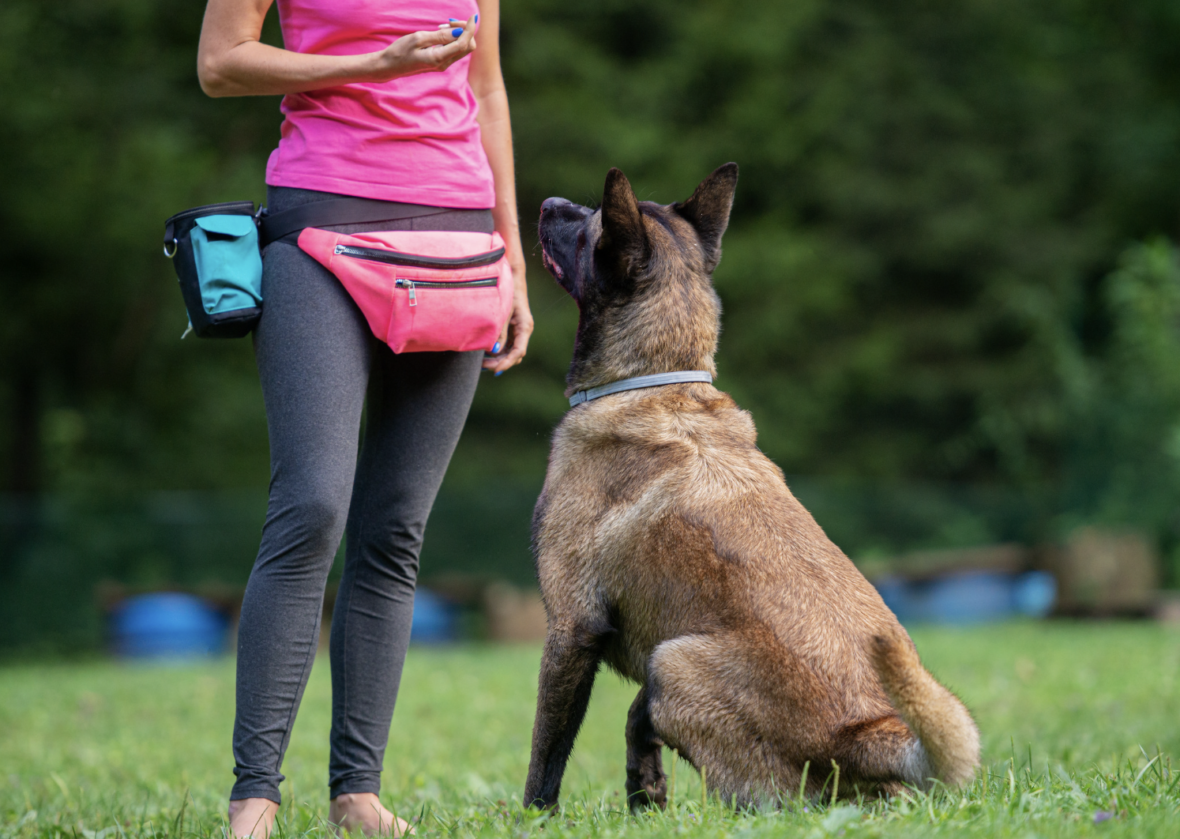
Behavioral hold periods are designed to assess a pet’s temperament, behavior, and training needs. Some pets might display initial signs of anxiety or fear due to their shelter environment. Behavioral experts work with these animals to assess their suitability for adoption and to address any behavioral challenges they may have. The duration of behavioral holds can vary, but the goal is to provide the pet with the necessary training and socialization to increase their chances of a successful adoption
6. Legal Hold Period
In some unfortunate cases, pets may be involved in legal situations, such as cruelty or neglect cases. During a legal hold period, the pet is held as evidence for the ongoing investigation. These holds can be lengthy and uncertain, as they depend on the legal proceedings. Shelters work closely with law enforcement and animal control agencies to ensure the pet’s well-being while the case unfolds.
7. Adoption Holds
While animals are in their hold periods, families get a chance to apply for adoption, securing their place in line to welcome a new pet into their lives. The way this works can vary across shelters, but often it’s a race against time. Families apply to adopt, and holds are typically granted in the order of application – first come, first served – with only a limited number of holds available, often up to three.
8. Pre-Adoption Preparation
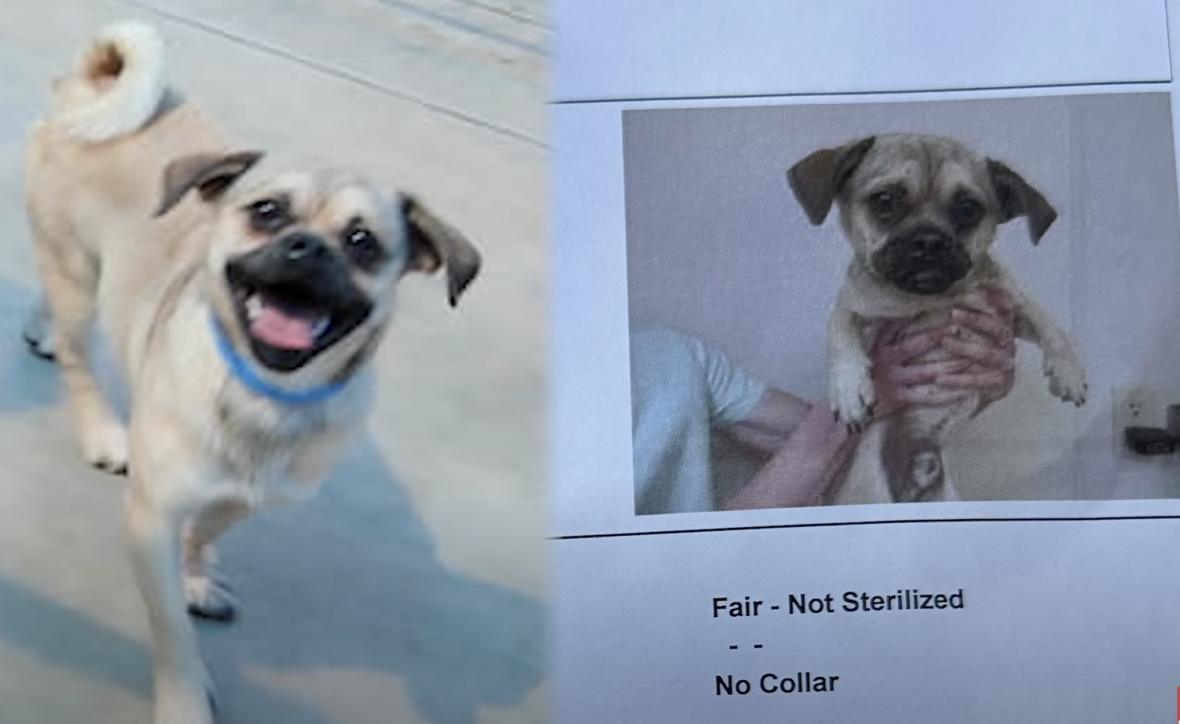
Once a pet has successfully passed through the necessary hold periods, they are typically placed in a pre-adoption phase. During this time, the pet may be spayed or neutered, receive vaccinations, and undergo grooming. This prepares them for adoption and helps ensure that their new family starts off on the right foot with a healthy and well-cared-for companion.
Understanding the various hold periods in shelters is vital for everyone involved. It allows potential adopters to have a clearer picture of the process, encourages responsible pet ownership, and ensures the best possible outcomes for pets in need. Shelters play a critical role in managing these hold periods to provide lost pets with a chance to reunite with their families and to give all pets the opportunity to find loving forever homes. By supporting shelters and being aware of these hold periods, we can collectively contribute to the well-being of pets and promote humane treatment for all animals.
Related Posts
- Understanding Eye Contact with Fearful Dogs: A Guide for Shelter Volunteers
- How To Find Animal Shelter Jobs Near Me: Volunteer + Paid
- Pug Thrown Over Shelter Wall Scared To Trust Until This Happens
- What You Need to Know About Animal Shelter Night Drops
- Where Can I Get My Dog Microchipped For Free?
- Spay and Neuter: Top 10 Places for Affordable or Free Services!


